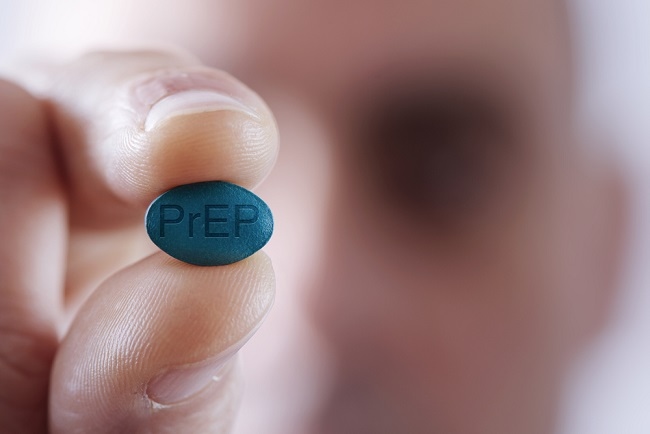Osteogenesis imperfecta is a rare disease that causes bones to become weak and brittle, making them break easily. This disease is caused by a genetic disorder and it is estimated that there are only about 300 thousand cases osteogenesis imperfecta around the world.
Disease osteogenesis imperfecta (OI) has generally been experienced by sufferers since birth. However, this rare bone disease is often only detected in childhood or even after adulthood.

Osteogenesis imperfecta This makes bones unable to form properly, so they can easily crack or break. These fractures can even occur even if only caused by a minor injury or sometimes for no apparent reason.
Reason Osteogenesis Imperfecta and symptoms
Osteogenesis imperfecta It is caused by a genetic disorder that interferes with the production of collagen in the body. Collagen is a protein that functions to build body tissues, such as skin, connective tissue, and bones. When the amount of collagen decreases, the bones will become weaker and brittle.
This bone disease is more at risk in infants or children with parents who have the same condition. However, in certain cases, osteogenesis imperfecta can also occur in people who do not have a history of the same disease in the family.
Osteogenesis imperfecta does not cause typical symptoms. Some of the symptoms that are often experienced by sufferers are:
- Bone deformities, such as bent legs
- Discoloration of the whites of the eyes, such as blue, purple, or gray
- Curvature of the spine or scoliosis
- loose joints
- Easy bruising skin
- Breathing problems, such as shortness of breath
- Brittle or discolored teeth
- Less height or short
- Head size is too small or too big
Symptoms osteogenesis imperfecta It can appear in childhood, adolescence, or adulthood.
Because they are often asymptomatic, you need to have your baby or child checked regularly, especially if he or she has symptoms such as abnormal bone shape, easy fractures, difficulty moving or walking, and impaired growth and development.
How to Diagnose and Treat Osteogenesis Imperfecta
Disease osteogenesis imperfecta is a medical condition that needs to be examined and treated immediately by a doctor. To diagnose this disease, the doctor can perform a physical examination and supporting examinations, such as X-rays, blood and urine tests, DNA tests, and bone biopsies.
Osteogenesis imperfecta can't be cured. However, doctors can provide treatment to improve bone shape, prevent fractures, and help sufferers to live more independently. The handling steps include:
Administration of drugs
Doctors can give drugs, such as hormone therapy, sodium fluoride, and bisphosphonates to strengthen bones and make them less prone to fracture. These drugs can be given by injection or by mouth.
In addition, doctors can also prescribe supplements to strengthen bones, such as calcium, vitamin C, vitamin D, collagen, and magnesium.
Physiotherapy
Physiotherapy aims to build muscle strength so that the patient can still move and his body is not stiff. In patients osteogenesis imperfecta For those who are still children, physiotherapy can also be done to support growth and development while stimulating motor skills.
Operation
Surgery is generally performed on patients osteogenesis imperfecta frequent fractures or bone deformities. In addition, surgery is also performed to repair damaged bones and body tissues when injured.
In patients osteogenesis imperfecta If you have scoliosis, your doctor may recommend surgery to improve your body shape.
The various treatment steps above cannot cure osteogenesis imperfecta. However, people with this rare disease still need to get treatment so that their condition does not get worse and can still carry out daily activities.
If you still have questions about the disease osteogenesis imperfecta or experiencing symptoms that point to this rare disease, such as changes in bone shape or changes in posture, you should consult a doctor so that it can be treated immediately.









